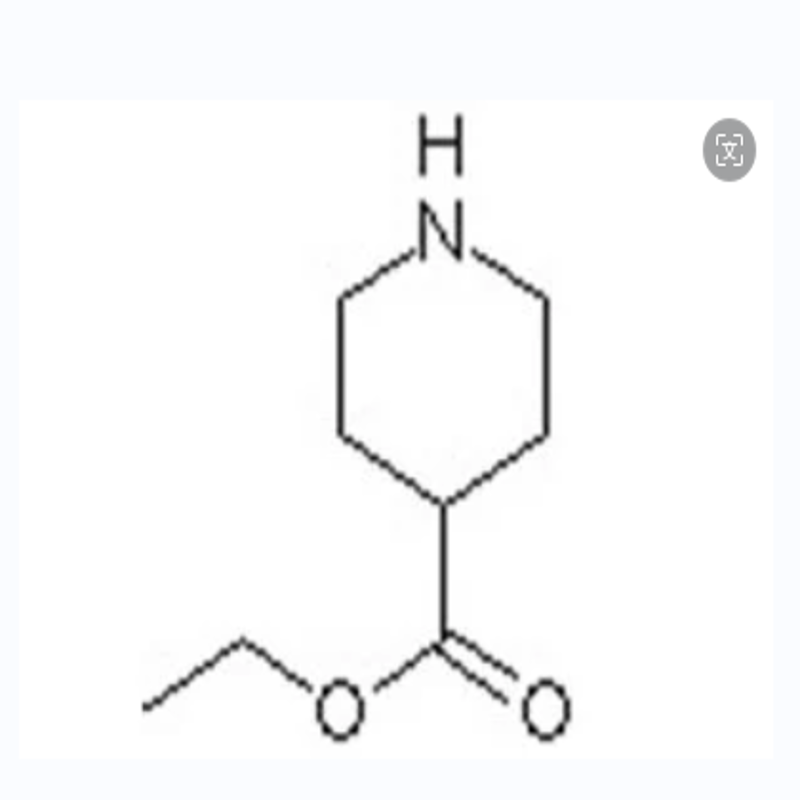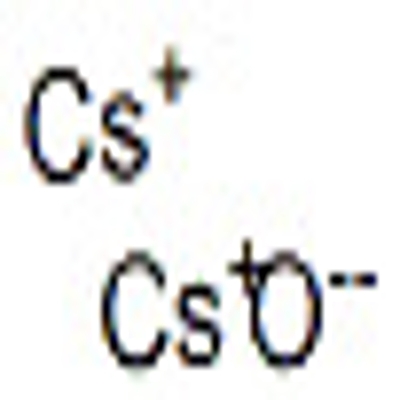-
Categories
-
Pharmaceutical Intermediates
-
Active Pharmaceutical Ingredients
-
Food Additives
- Industrial Coatings
- Agrochemicals
- Dyes and Pigments
- Surfactant
- Flavors and Fragrances
- Chemical Reagents
- Catalyst and Auxiliary
- Natural Products
- Inorganic Chemistry
-
Organic Chemistry
-
Biochemical Engineering
- Analytical Chemistry
- Cosmetic Ingredient
-
Pharmaceutical Intermediates
Promotion
ECHEMI Mall
Wholesale
Weekly Price
Exhibition
News
-
Trade Service
Today, the journal Nature published a new paper on the new crown vaccine online.
Wei Xiawei, Researcher of the National Key Laboratory of Biotherapy, Huaxi Hospital, Sichuan University, And Professor Zhang Kang, Medical School of Macao University of Science and Technology, is a co-author of the communication.
research and development team developed a recombinant protein candidate new crown vaccine.
in animal models such as non-human primates have shown that the vaccine induces strong protective immune responses against SARS-CoV-2 and viral neutralized antibodies.
study authors noted in their paper that the new crown virus uses its puncture protein recepturation domain (RBD) to combine with the host cell's receptacle angiotensin-converting enzyme 2 (ACE2), which is the most critical step in its infection process.
designing the vaccine, in order to maximize immunogenicity while minimizing potential side effects, the researchers envisioned finding the smallest sting protein fragments as antigens.
In this study, the scientists used several different parts of the S protein to make multiple candidate vaccines, and after testing and comparison, they finally confirmed that RBD was the largest virus activity in the original immune system compared to the S protein's extracellular domain protein (ECD), S1 subbase, and S2 subbase.
, the team eventually used an amino acid sequence numbered 319-545 in RBD to produce antigens.
the sequence design of the vaccine (Photo source: Resources) To produce these recombinant proteins, the team used a rod virus expression vector system for protein expression.
paper notes that vaccines produced by this technology often have properly folded protein compositions and are suitable for commercial-scale vaccine production, which has been used in some approved cervical cancer vaccine and influenza vaccine products.
In animal trials of recombinant RBD protein candidate vaccines, mice, rabbits, and macaques were shown in the serum seven or 14 days after receiving only one injection, and their IgG and IgM antibodies against recombinant RBD began to rise.
in addition to recombinant RBD protein itself can effectively induce the production of specific antibodies, experiments show that the addition of adage can significantly enhance the induction effect, the production of higher levels of specific antibodies.
in-body cell experiments have shown that serum obtained from immune animals blocks the combination of RBD and ACE2 expressed on the cell surface, and is almost 100 percent medium to SARS-CoV-2 prosthetic virus (only the virus shell but no viral nucleic acids).
the vaccine has achieved good protection in mouse models (Image source: Resources) And more importantly, in the anti-virus experiments of non-human primate models, this candidate vaccine has shown the protective effect of blocking new coronary virus infections.
the researchers vaccinated the macaques twice in seven days at a dose of 20 or 40 ?g per dose.
, after the first vaccination of 28 angels they came into contact with the live new coronary virus.
-containing antibodies against live viruses can be detected in vaccinated macaques, and they are fully protected from viral nucleic acids, whether in pharynx swabs or lung tissue.
contrast, the animals showed clear signs of viral infection in two control groups that received physiological saline or only ads injections.
, these animal experiments also show that the recombinant RBD candidate vaccine did not trigger antibody dependence enhancement (ADE) effects or cause new coronary pneumonia.
concluded the paper, the researchers concluded that the research on the candidate vaccine "highlights the importance of the S protein RBD domain in the design of the new crown vaccine and provides a basis for inducing the development of a vaccine against RBD."
addition, the researchers believe that vaccine production techniques using recombinant proteins have a viable precedent for large-scale supply and commercial use, and that these features could support further development of this candidate vaccine.
references: (2020) Jingyun Yang et al., (2020) A vaccine targeting the RBD of the S protein of SARS-CoV-2 induces themmunity i. Nature. DOI:







